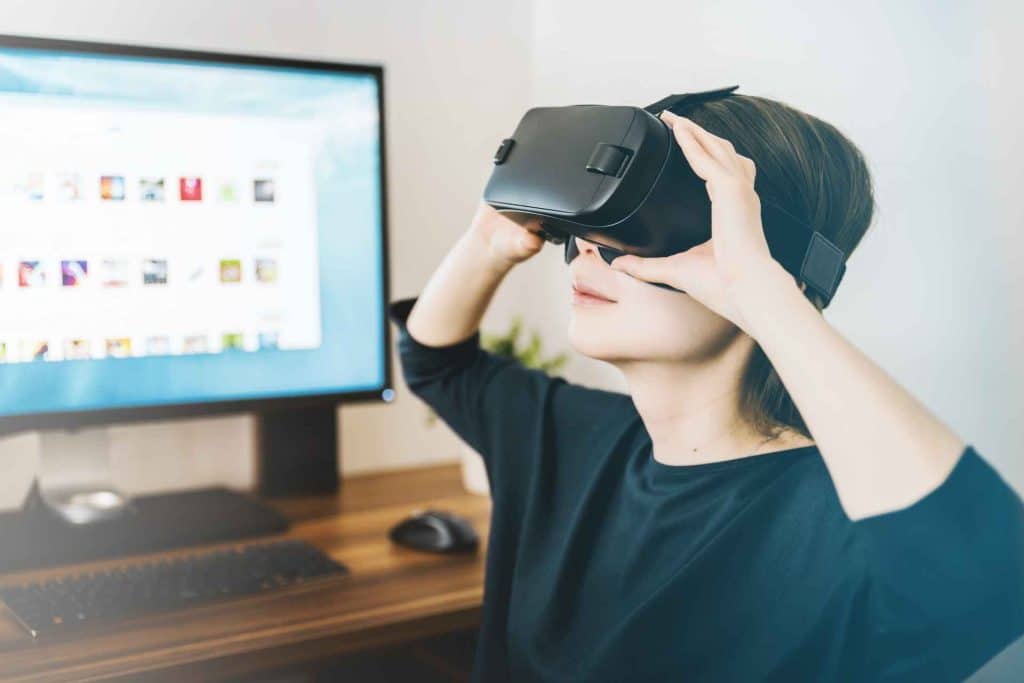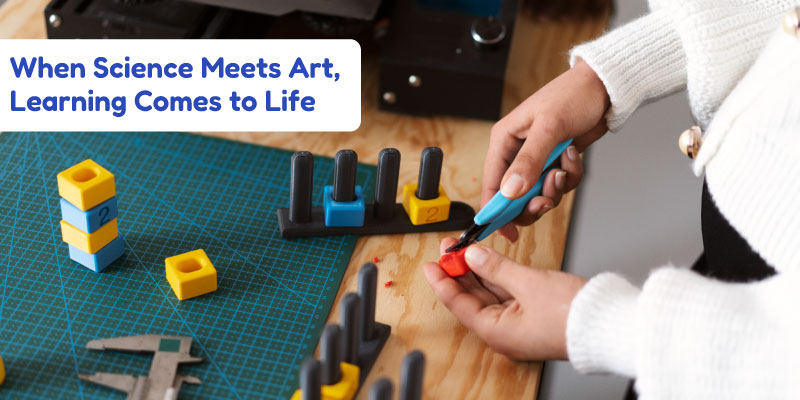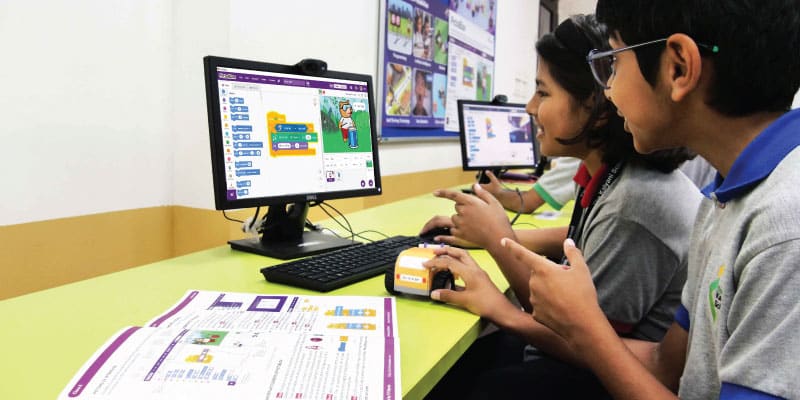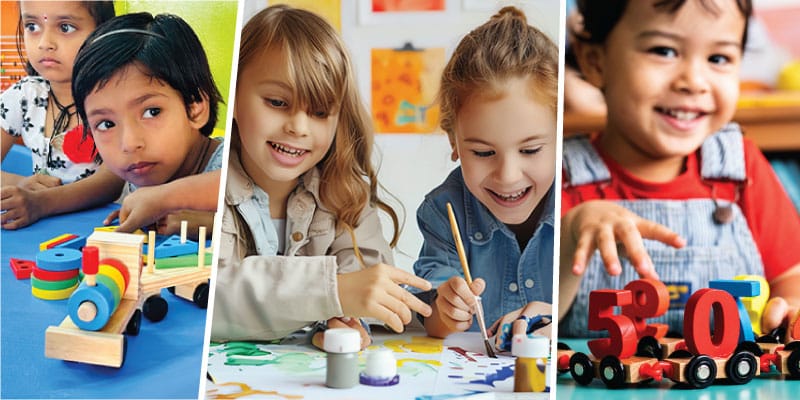When it comes to understanding the structure of complex mechanical, biological, or other systems, the text surrounding it is not sufficient. With the onset of STEM Education, we need to realize that what we call the revolution in learning and pedagogy is more of an interaction and problem solving based approach. Virtual reality in education is all about creating a new reality.
Think about it like this: What does it even mean when we say the need for augmented reality in education is at its prime today? Why do we need this experience in virtual reality in education? How will it change things? The answer is simple, yet profound. Dwelling more and more into the paradigms of subjective experience leaves us with a clear distinction of two things: Knowledge and Experience. Experience begets intuition and knowledge supplements it. If both do not go hand in hand, the intellect of the resource at hand dwindles. Keeping that in mind, in today’s environment, virtual reality classroom is indeed a necessity to make learning more and more experiential.
In the current conventional scenario of education, we see that the students are subjected to knowledge and are expected to gather experience once their knowledge-seeking is complete. This is an inefficient way of investing in the activity of education. What we need to do is to reach an optimized solution where both knowledge and experience complement each other and create better intellect, riddled with both in exact proportions. Let us dwell a little more on how this upcoming technology of augmented reality in the classroom will indeed create the system that we need to implement virtual reality in education.
Related: 21st-Century Learning Strategies for Efficient Learning
Augmented Reality in Education
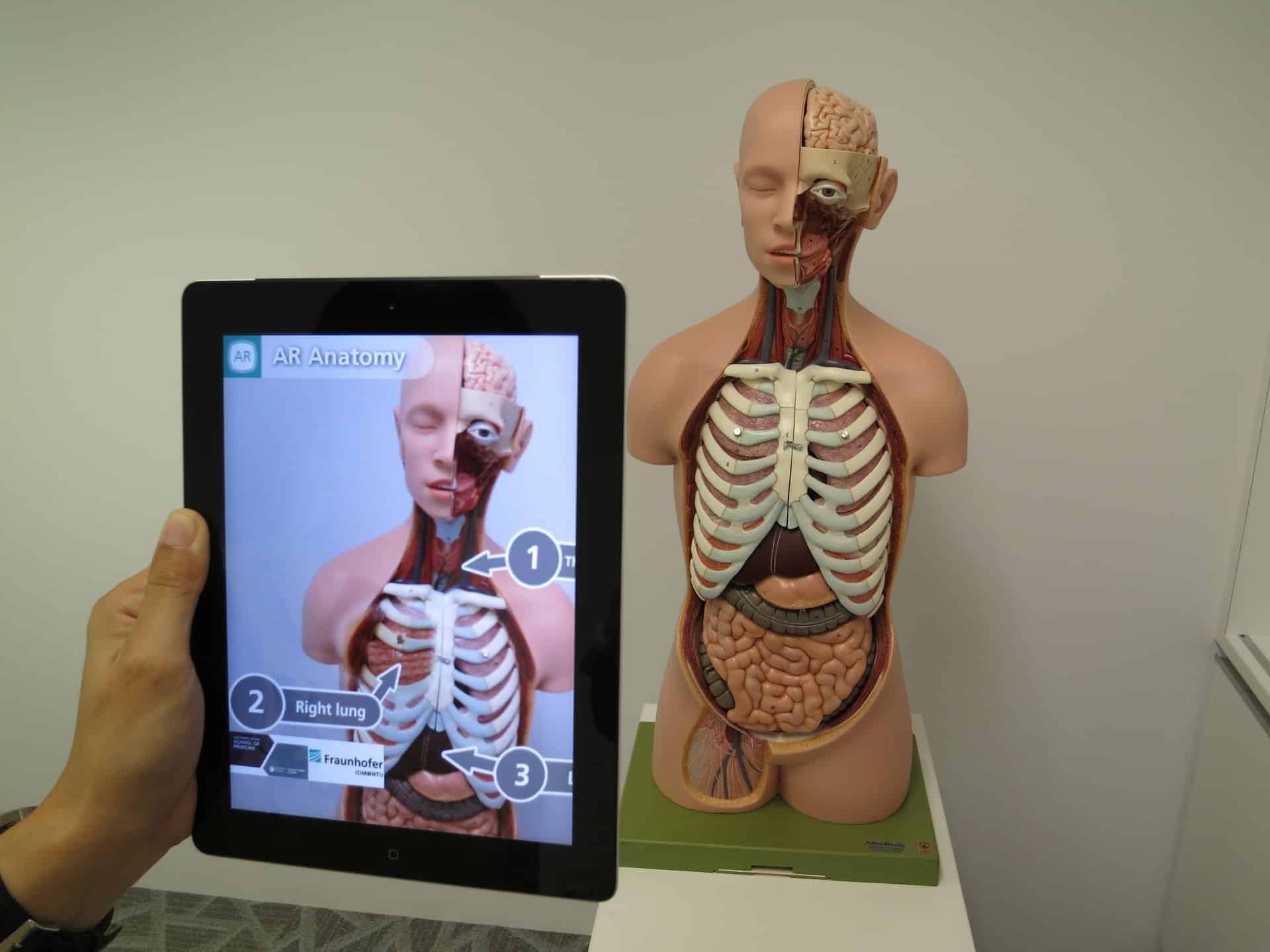
As has always been firmly established, STEM education is synonymous with experiential learning in the real world. The term Augmented Reality in the classroom is not only meant to simulate the reality that we need but also to enhance it. For example, consider this:
You are in the 8th grade, learning about the central nervous system and its interaction with the rest of the human body. You are done reading the text and the teacher has explained all the smaller bits of information about neural networks and how signals travel and reflexes happen. But unfortunately, you desire to see it; to see the reflex happen in front of your own eyes! Regrettably, the authors of textbooks are not always literary geniuses that can write the theories in such a way that it comes alive in your head. So you rely on 2D images and schematic diagrams and churn your way through a lot of material to properly digest the concept.
Enter STEM education. Now your teacher brings in a headset and asks you to wear it, thus implementing augmented reality in education. You wear it and the reality in front of you changes. You’re now looking at a precisely augmented reality in the classroom which is depicting the flow of signals and how the human body reacts to certain changes in physical parameters around you. All that churning over text and longing for clear visualization of imagery has been created in front of you, which is interactive, three dimensional and much more intuitive than all other resources at hand.
As Thanos said it
Reality can be what I want.
Augmented reality in education can give you the realities you want with the right kind of learning.
Role of Virtual Reality Classroom
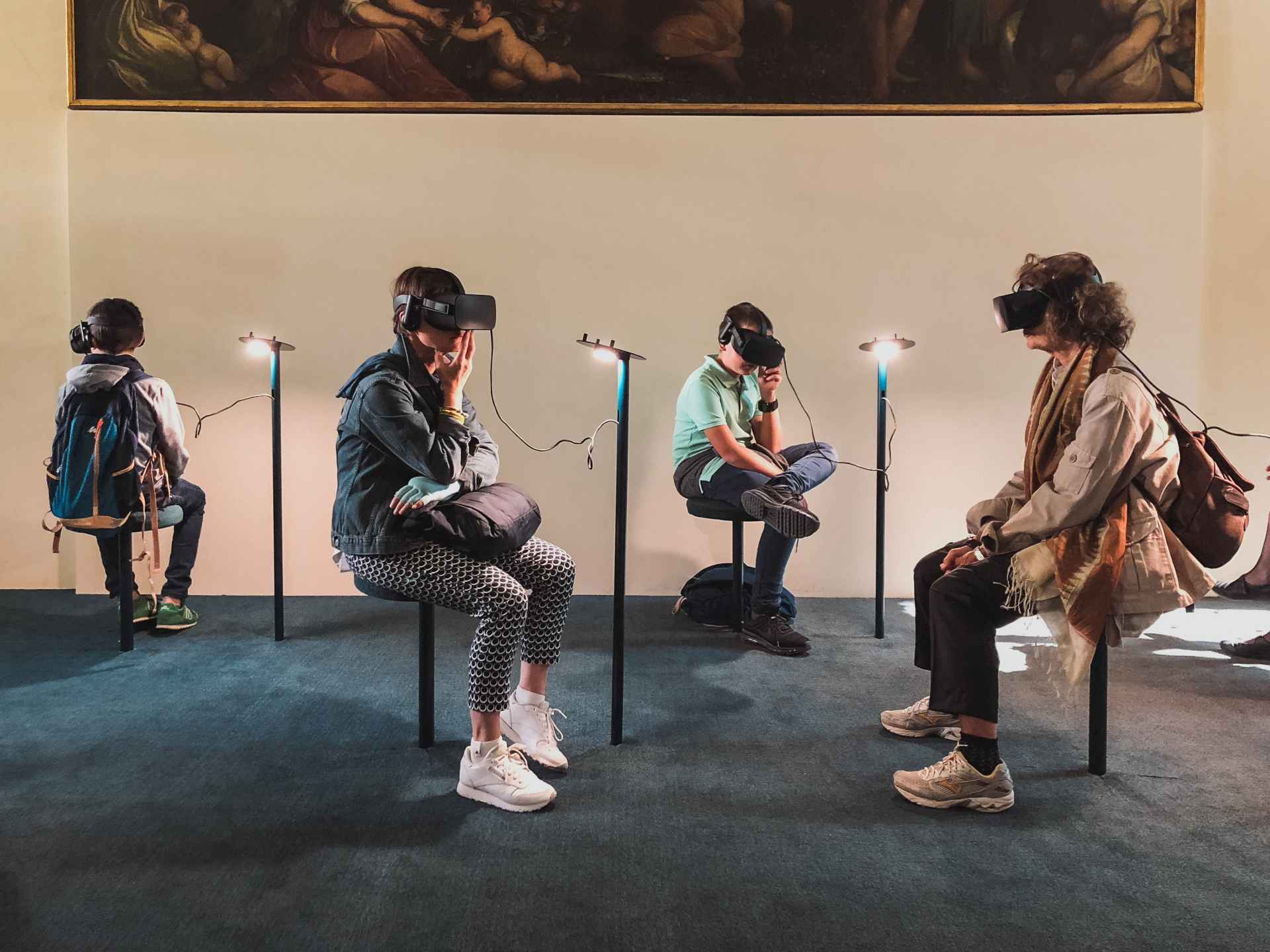
AI and virtual reality go hand in hand. Currently, the gaming industry is exploiting these resources and the gamification of educational resources is revolutionizing education as we know it. Let us go into another reality (of an example, of course):
You are in the middle of a history lecture, learning about what Rome looked like in its prime. The walls, the legionnaires, the monuments, the aqueducts and everything else your history textbook talked to you about. Now your teacher gives you a VR headset to experiment with the concept of virtual reality classroom and you are on the roads of Rome, you can experience what Elio and Oliver did while roaming the streets of Rome together. Poetic, eh? Yes, very much so.
Every time I go back to Rome, I go back to that one spot. It is still alive for me, still resounds with something totally present, as though a heart stolen from a tale by Poe still throbbed under the ancient slate pavement to remind me that, here, I had finally encountered the life that was right for me but had failed to have.
André Aciman, Call Me by Your Name
The thing about gaming experience is the freedom you have with risks. One can fabricate anything and see what happens and nothing would harm the actual reality. Simply meaning if the gaming experience (stripped out of its reward system and compulsiveness) is presented to a student, the subject will be more of a canvas of possibilities where they can experiment freely without worries. Someone can overload a DC Motor and see what would happen, or maybe ionize the atmosphere and see what can happen. The possibilities are limitless when it comes to virtual reality in education.
AI will make this idea of virtual reality in education possible by making it easy to generate more real experiences based on data gathered from volatile, non-first principle systems. Anything from the stock market to the weather of a city can be modeled and simulated. Modern-day education coupled with virtual reality classroom opens up a doorway to a canvas of endless possibilities.
Related: How Can We Improve STEM Education?
In a Nutshell
Notice that in all the examples stated above, we usually talk about how the entirety of the system of augmented reality in education will not only complement the conventional reading systems but also enhance it. This is an important thing to note, as we tend to forget how simply humans have a tendency to reduce profound experiences into simpler chunks of information.
Augmented reality in the classroom is an efficient solution to provide an almost-real experience of the theoretical knowledge imparted on the students. Conclusively, the text in the books structured in a STEM-based format complemented with virtual reality classrooms will make humans stronger, intuitive and patient problem solvers.

